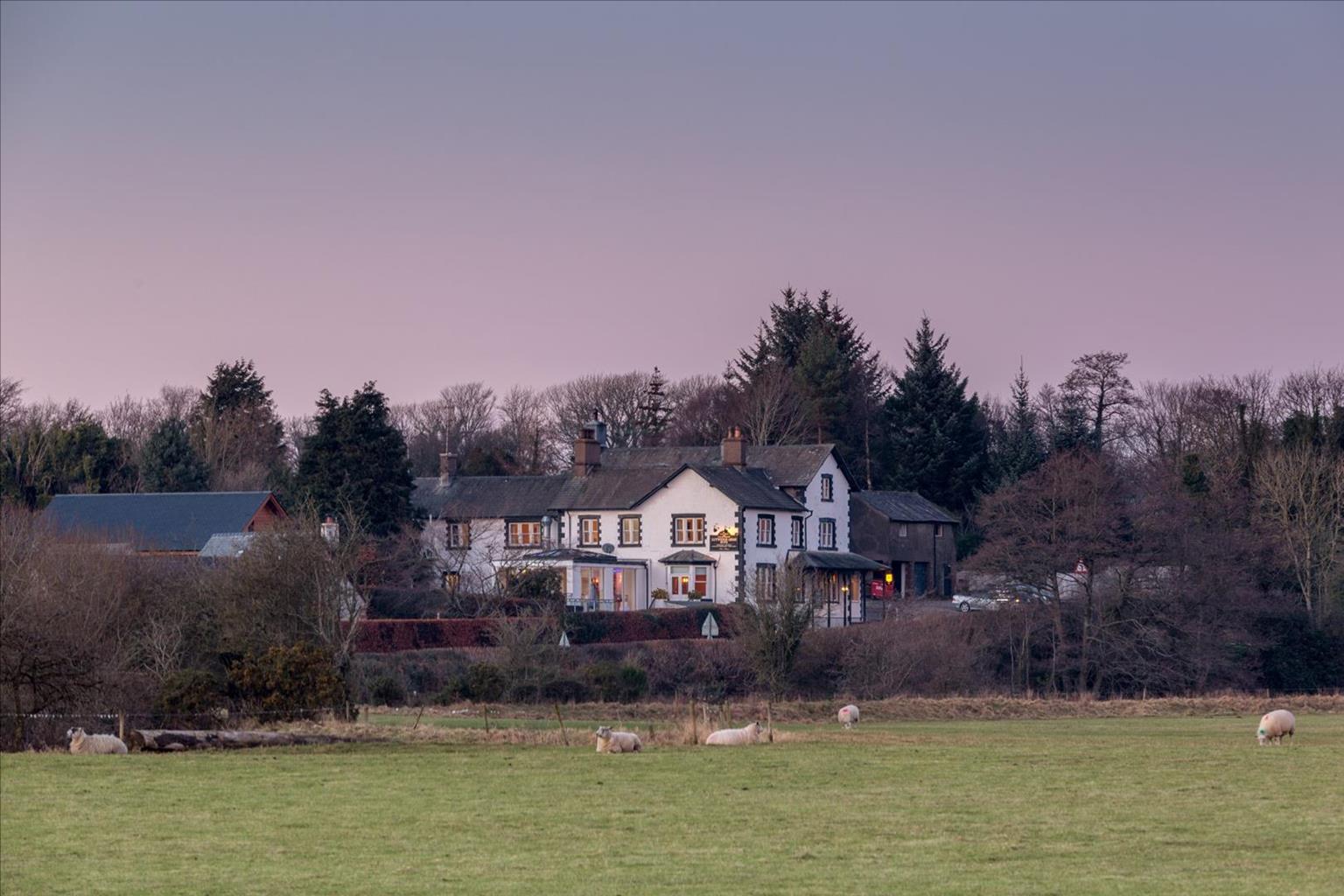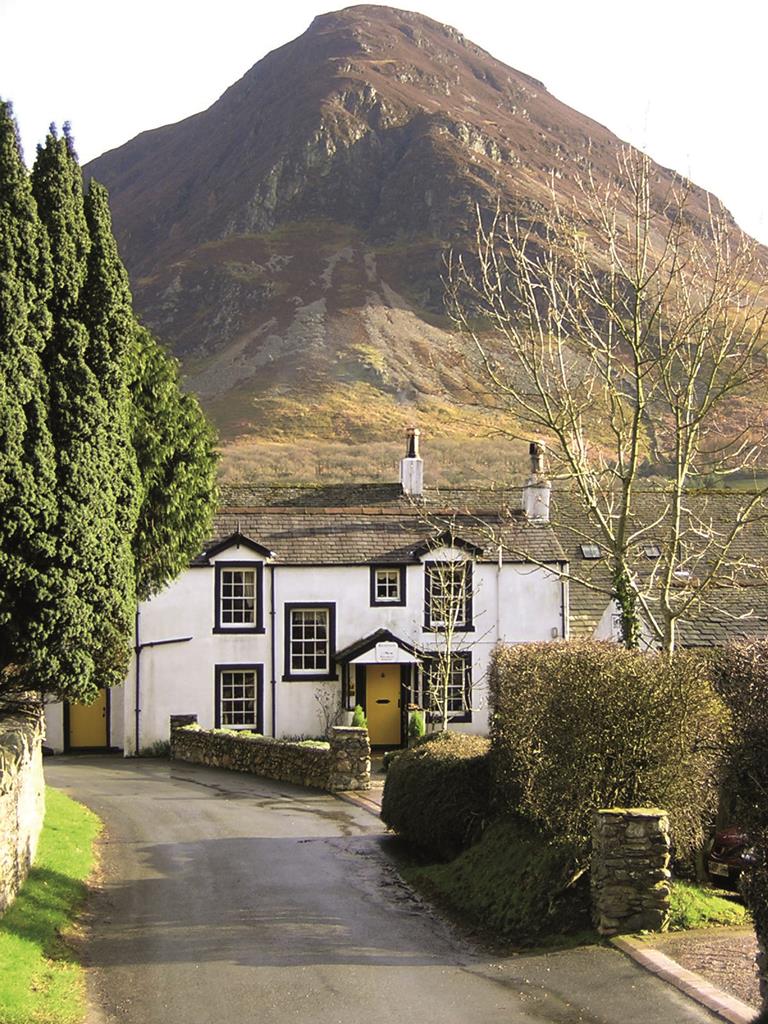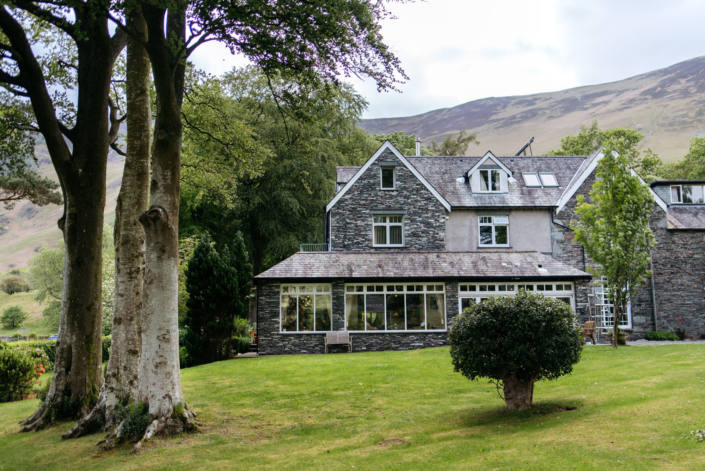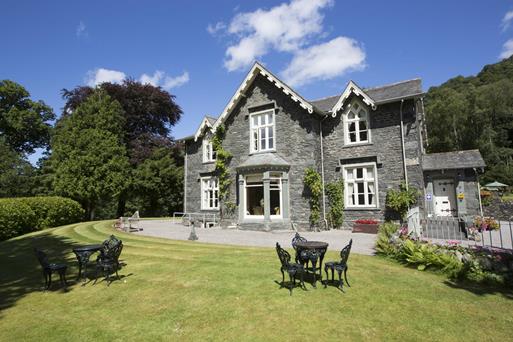Stone House Farm is a friendly, family run bed and breakfast in a large modernised Georgian…
Dramatic St Bees Head

The high sandstone cliffs of St Bees make a formidable bastion against the Irish Sea.
3.25 miles (5.3kms)
About the walk
This walk makes a rewarding round of the North Head of St Bees. North Head forms an imposing headland of sandstone looking out across the Irish Sea to the Isle of Man and over the Solway Firth to the hills of Galloway in Scotland. Here you'll find the most spectacular sea cliffs in the northwest of England, home to an important nesting colony of seabirds. The cliff top is largely owned by the Royal Society for the Protection of Birds (RSPB) and this route will be most interesting in the spring and summer months, when the birds are in residence. Even so, the autumnal and winter gales can provide their own attractions.
A walk on the wild side
When huge breakers roll over Fleswick Bay to smash against the cliffs this becomes very much a walk on the wild side – obviously, some care is needed when things are really rough. At quieter times, Fleswick Bay is a natural sun-trap, and a popular sunbathing and swimming facility for the hardy natives of west Cumbria. The cliffs have also attracted considerable attention from rock-climbers. To avoid disturbing nesting birds, a voluntary agreement bars climbing on most of the cliffs from February to July. Bouldering on the rocks below the main cliffs is permitted year-round.
The bay is also a wonderful place to watch birds, as are the clifftops further along the walk. The clifftop viewing areas, built by the RSPB and maintained by a seasonal warden, offer an opportunity to inspect the noisy bird life nesting on the cliffs below. Many thousands of birds return here each spring to lay their eggs and hatch their chicks before returning to sea where they spend three-quarters of their lives. Most prolific are the guillemots, which resemble dumpy little penguins. Some 5,000 of these birds squeeze precariously onto the narrow open ledges. Razorbills, not so common, can also be seen here along with fulmars, gulls and some 1,600 pairs of kittiwakes. Just beyond the second gate along the top, a pinnacle flake of rock can be seen. The gap isn't far, though the rift is very deep. Named Cloven Barth on the map, this feature is known locally as Lawson's Leap after a character who thought, fatally, he could make the jump across.
To the lighthouse
The first lighthouse here was built by Thomas Lutwige around 1723. It consisted of a round tower some 30ft (9m) in height, supporting a large metal grate on which coal was burnt. It became the last coal-fired lighthouse in use in Britain, but in 1822, perhaps unsurprisingly, it was destroyed by fire. It was replaced by an oil-fired lamp in a new tower; built at a cost of £2,322, the tower is 17 metres (56ft) tall. Today the lamp is electric. The lighthouse was automated in 1987 and is now operated remotely from Trinity House's main centre in Harwich. The former keeper's accommodation is now a holiday cottage.
Walk directions
From the parking area within the farmyard return to the surfaced road and walk back along to the top of the hill marked by the telecommunications mast. Take the track on the right, Hannahmoor Lane, signed 'Coastal Way' Fleswick Bay'. Cross the ladder stile beside the gate and continue along the track, dipping at first and then rising through more stiles and gates, to climb the shoulder of Hannah Moor. There are grand views east to the Lakeland fells and west across to the Isle of Man.
The fifth stile, on the crest of Hannah Moor, has waymark arrows showing the path, which falls diagonally down the next open field. Follow the indicated direction across to the far boundary, then rightwards down the hill. Exit the field by another stile at the bottom and then continue downhill to one further stile.
Follow the line of the fence on the right to a kissing gate then descend the path and steps down into a little ravine. At the bottom, just before some steps up to a gate, a little path turns sharply back to the left. Follow this path, crossing and recrossing the stream as necessary, down through the mouth of the canyon to Fleswick Bay.
Return up the path and climb the steps to the gate passed earier. Cross the little stream and skirt back left along a slippery shelf of sandstone (needs great care when wet). Another gate leads out onto the open hillside. The steep path, with sections of steps, rises to the cliff top. There are fine views across Fleswick Bay to the cliffs of the South Head. Follow the path beside the fence which runs close to the cliff edge. At intervals kissing gates in the boundary fence provide access to safe viewing areas.
Continue ahead, passing below the main lighthouse, towards the smaller beacon on the cliff edge. Before you reach this you meet a concrete track. Turn right on this and follow it and a continuation lane beyond the main lighthouse to return to Tarn Flatt Hall Farm.
Additional information
Track, grassy paths and lane, rocks slippery after rain, seven stiles
Elevated fields, rocky bay, cliff top and open seascapes
Good for fit and active dogs under strict control
OS Explorer 303 Whitehaven & Workington
Tarn Flatt Hall Farm by private access road to lighthouse, small fee payable at farmhouse
On seafront at St Bees village
WALKING IN SAFETY
Read our tips to look after yourself and the environment when following this walk.
Find out more
Also in the area
About the area
Discover Cumbria
Cumbria's rugged yet beautiful landscape is best known for the Lake District National Park that sits within its boundaries. It’s famous for Lake Windermere, England’s largest lake, and Derwent Water, ‘Queen of the English Lakes'. This beautiful countryside once inspired William Wordsworth and his home, Dove Cottage, in Grasmere is a popular museum. Another place of literary pilgrimage is Hill Top, home of Beatrix Potter, located near Windermere. Tom Kitten, Samuel Whiskers and Jemima Puddleduck were all created here.
Much of Cumbria is often overlooked in favour of the Lake Distirct. In the south, the Lune Valley remains as lovely as it was when Turner painted it. The coast is also a secret gem. With its wide cobbled streets, spacious green and views of the Solway Firth, Silloth is a fine Victorian seaside resort. Other towns along this coastline include Whitehaven, Workington and Maryport. Carlisle is well worth a look – once a Roman camp, its red-brick cathedral dates back to the early 12th century and its 11th-century castle was built by William Rufus.
Nearby stays
Restaurants and Pubs
Nearby experiences
Recommended things to do
Why choose Rated Trips?
Your trusted guide to rated places across the UK
The best coverage
Discover more than 15,000 professionally rated places to stay, eat and visit from across the UK and Ireland.
Quality assured
Choose a place to stay safe in the knowledge that it has been expertly assessed by trained assessors.
Plan your next trip
Search by location or the type of place you're visiting to find your next ideal holiday experience.
Travel inspiration
Read our articles, city guides and recommended things to do for inspiration. We're here to help you explore the UK.













